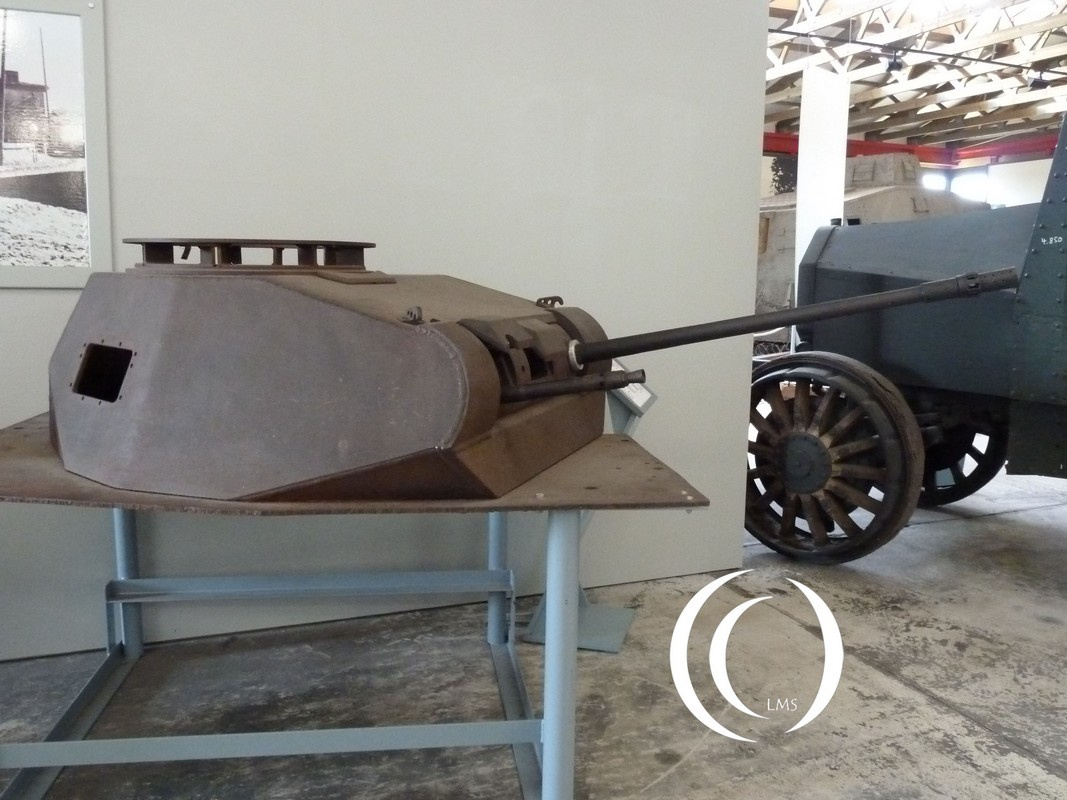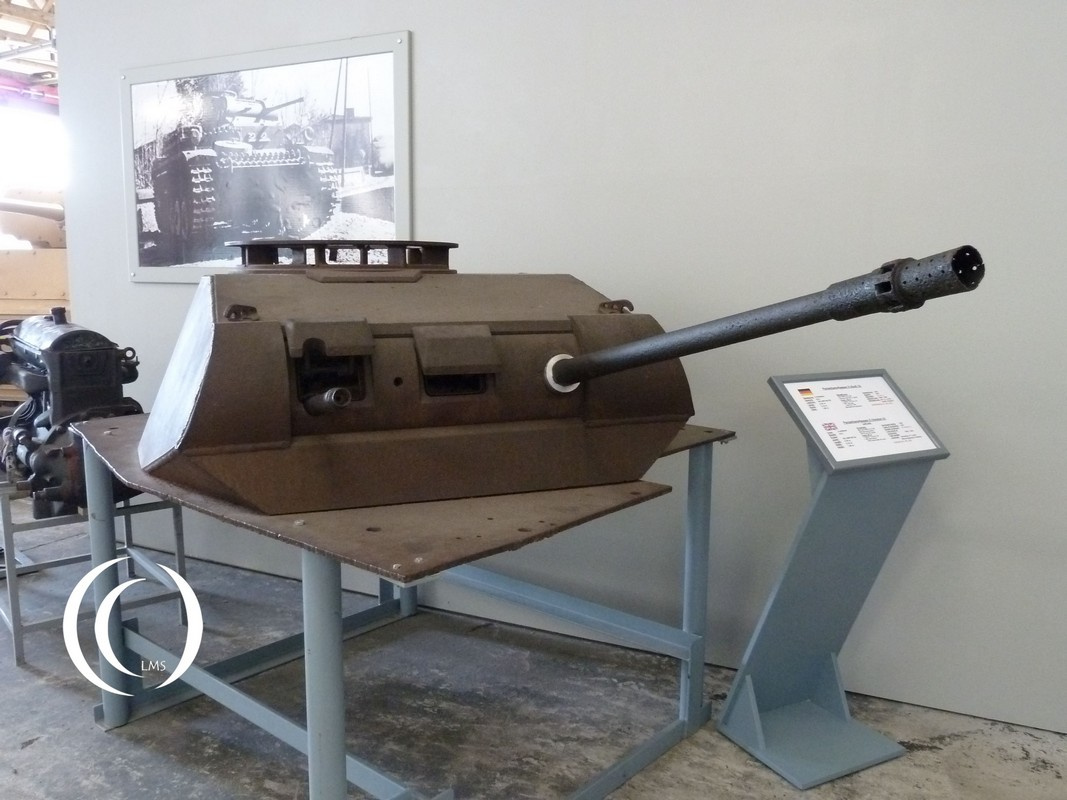This tank turret belongs to the German Panzerkampfwagen II or Panzer II Sd. Kfz. 121. It was photographed at the Panzermuseum in Munster Germany in 2011.


Panzerkampfwagen II – Sd.Kfz. 121
The Panzerkampfwagen II (PzKpfw II) was a German light tank used extensively during the early years of World War II. Introduced in 1935, the Panzer II was initially designed as a training tank, but its role evolved as the German Army’s need for fast, maneuverable vehicles grew. It was deployed during the invasions of Poland, France, and the early stages of Operation Barbarossa.
The Panzer II was armed with a 20 mm KwK 30 L/55 cannon, which was effective against infantry and light armored vehicles but was underpowered against more heavily armored enemy tanks, especially as the war progressed. In some later variants, it was equipped with a 7.92 mm MG34 machine gun for close defense.
Powered by a 140-horsepower Maybach HL 120 TR engine, the Panzer II had a top speed of around 40 km/h (25 mph) and a range of 150 km (93 miles). It had relatively light armor, ranging from 5 mm to 30 mm thick, which made it vulnerable to even medium-caliber anti-tank weapons as the war continued.
Weighing about 8.5 tons, the Panzer II was highly mobile and suited for reconnaissance and infantry support roles, though it was eventually phased out as more heavily armored and better-armed tanks, like the Panzer III and Panzer IV, became the backbone of the German armored forces. Over 1,800 units were produced.